Ollantaytambo it is a town located in the sacred valley, in Peru. about two hours from Cuzco, which houses an important archaeological complex, which was a place of great relevance for the entire region and especially for the administration of the Inca government at the end of the 15th century.
Curiously, some of the theories about the origin of its name indicates that it is composed between Aymara and Quechua, it means "place of observation and collection center"

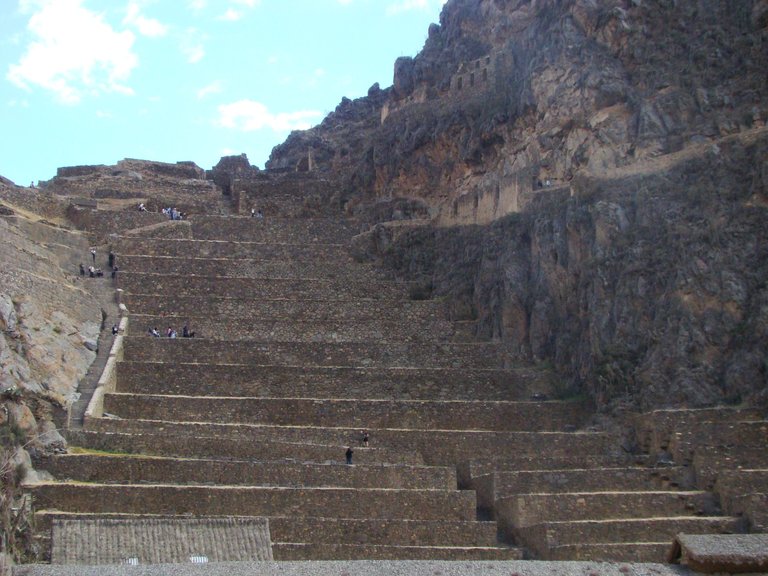
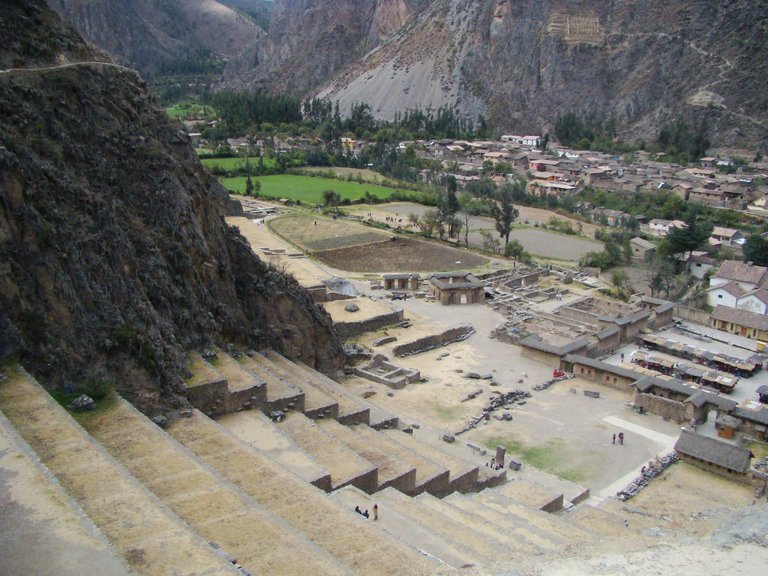
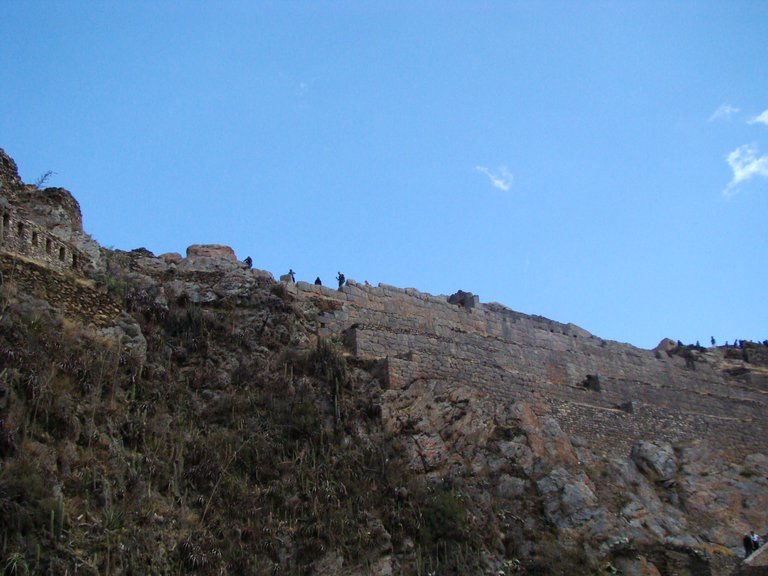
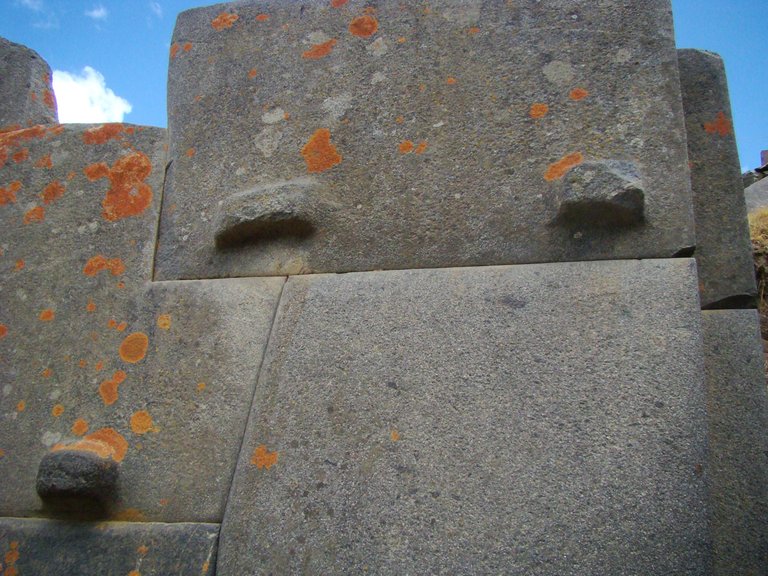

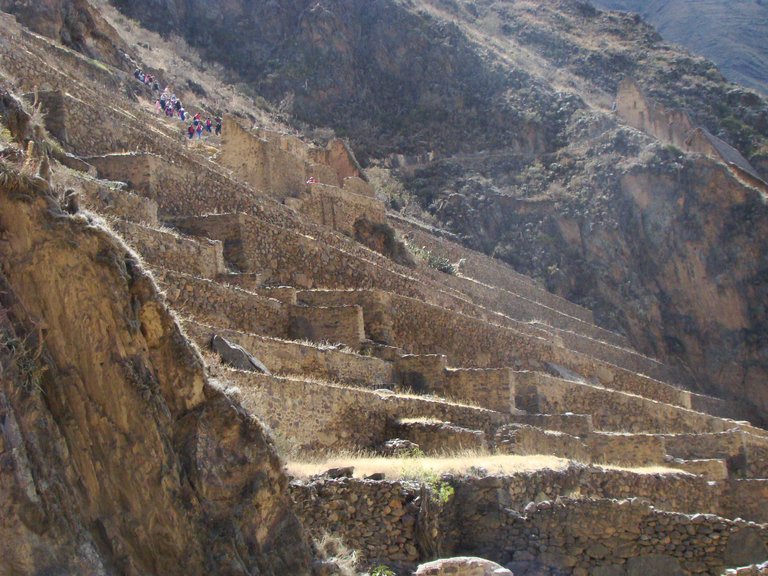
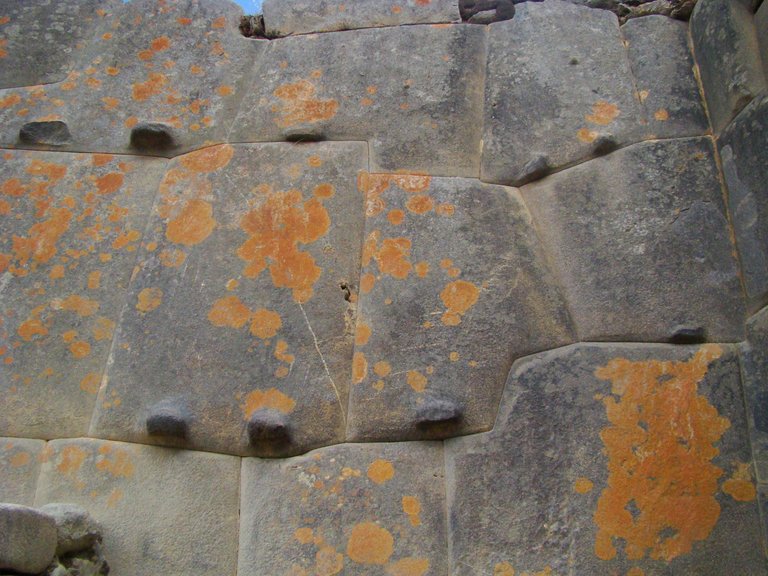
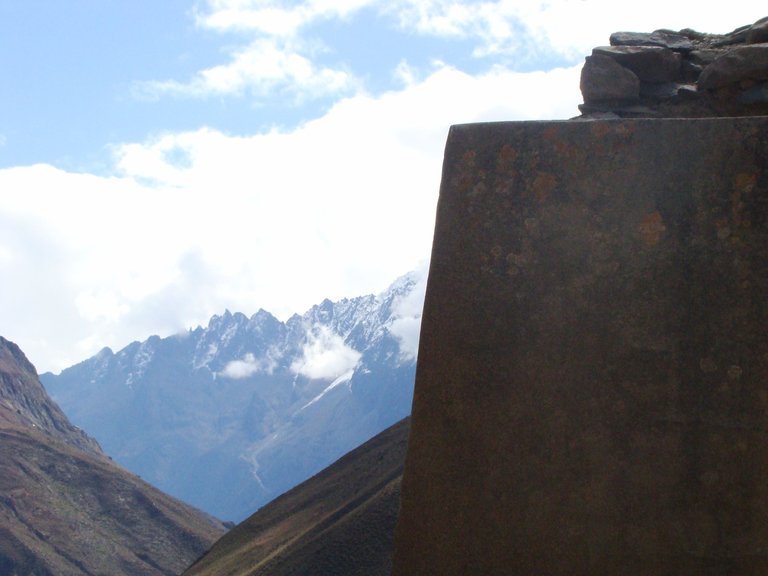
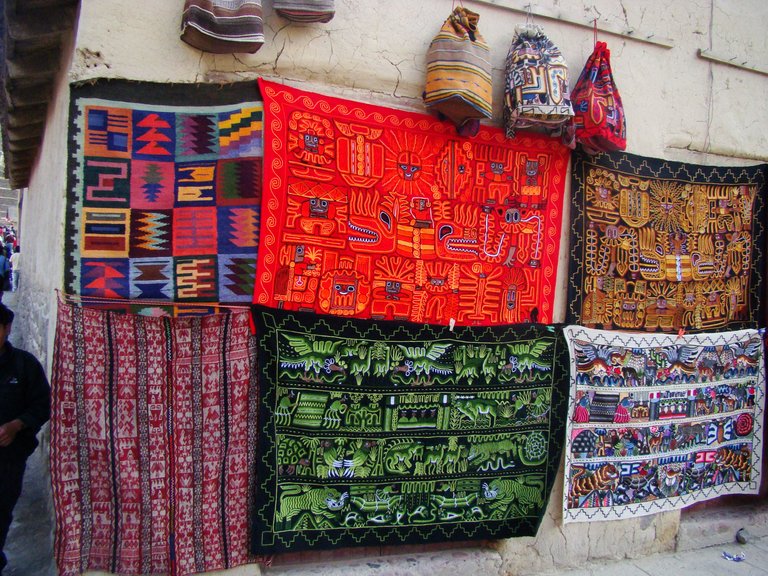

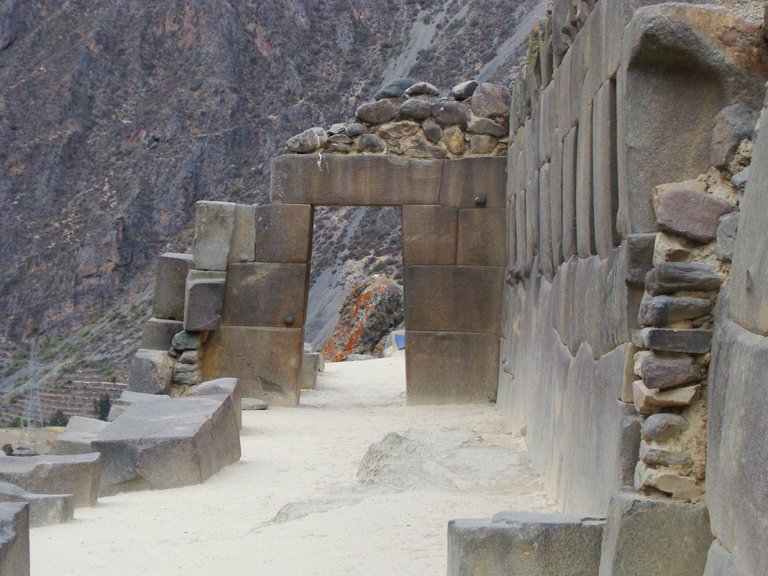
The stone walls are beautifully stacked and ... an amazing work technique. ;))
Yes! his technique is really impressive, so perfectly carved. also, there is a certain mystery of how they were transported and stacked there.
Qué majestuosidad! Me encantan las ruinas. La energía que se siente es tan poderosa! Y me encanta ver cositas de Perú más allá de Machu Picchu :') sé que Perú es una tierra impresionante con una cultura milenaria muy viva!
Hola! Si, lo mismo pienso, hay tanto ademas de Machu Picchu, solo que este ultimo eclipsa al resto quizas por ser un descubrimiento para el turismo relativamente reciente y muy lucrativo por el tren y el difícil acceso. Me encanta Perú, quiero volver pronto, ahora con mis hijas. gracias por comentar! un abrazo!